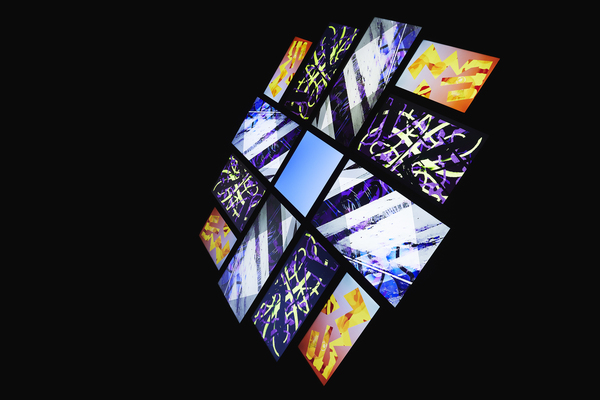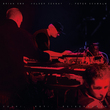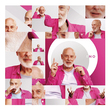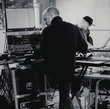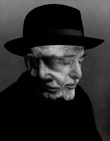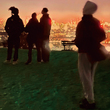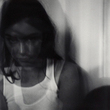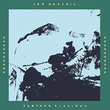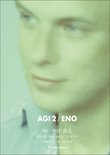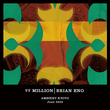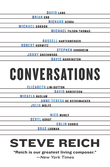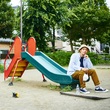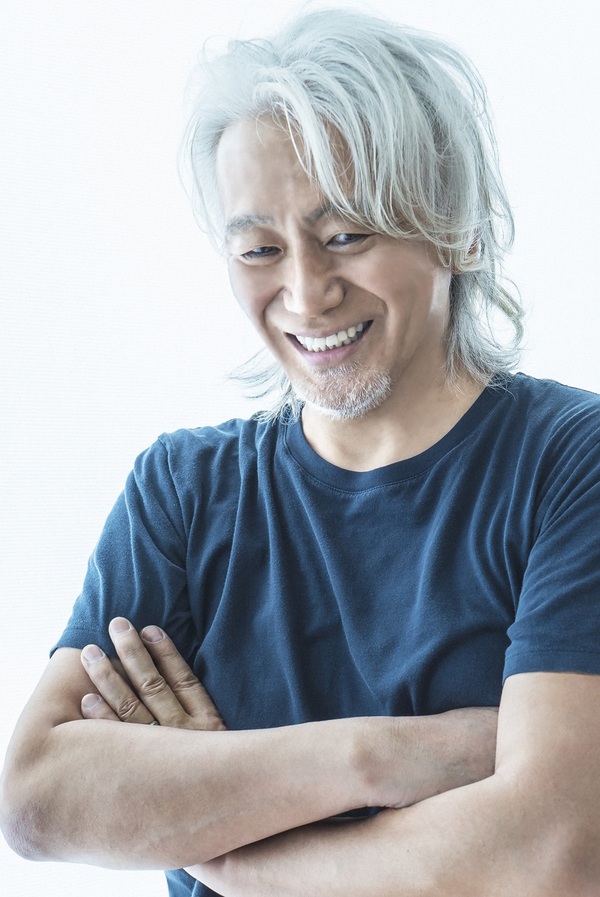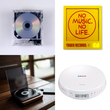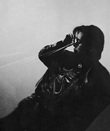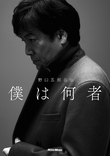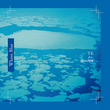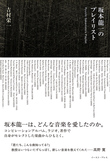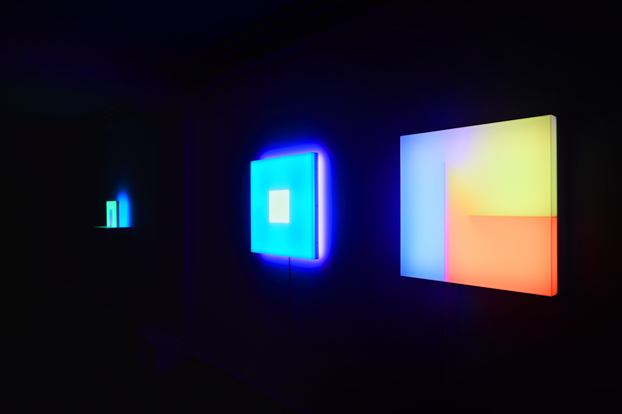
Photo by So Hasegawa
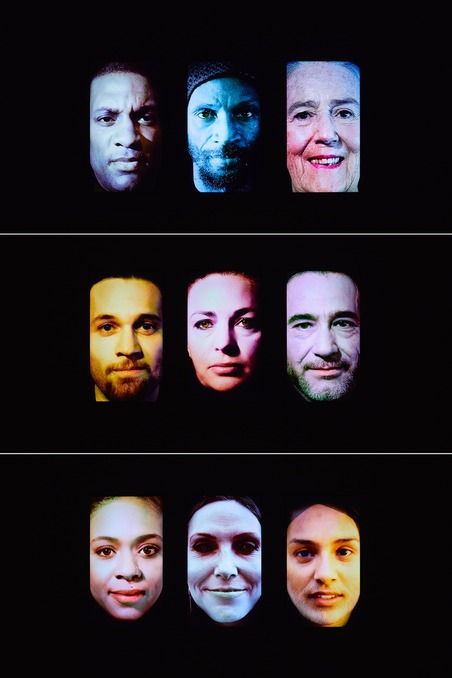
Photo by So Hasegawa
The concept of “generation = generative” can be inferred in Light Boxes and Face to Face as well as in 77 Million Paintings. Among those, the material of Light Boxes, finalized in 2014, is light and the work causes innumerable variations of color by gradual change of LED illumination installed below the box-shape cover. On the other hand, Face to Face which makes its world premiere at this exhibition, is a work about faces as the title tells, and it produces the interlocking images of more than 36,000 “new humans” by altering the portrait photos of 21 existing persons by pixels, using the dedicated software. These works of generative art never stop transforming, and the process itself becomes the work, without its completion in its conventional meaning. So the viewer does not have to focus on the surface as they do on the art before. Embracing the flow of the change in those works is the same as in music, and in that, they are always linked to recollection and oblivion. So you could say that the works operate closer to the principles of the visual image. Even the work of a plane or digital wears the attribute of space in a place. Eno locates the musical notes and environmental sounds on the same level by the philosophy of ambient music of listening without listening. What kind of experience do we expect through the music extending its dimension of space like this? The audio installation, The Ship of multiple speakers with amplifiers, is known to many of you in the stereo mix, but in the three-dimensional version, easily compounds with its surroundings, the environment. The well-organized sound plan realizing coherence between the acoustic in the room of the exhibition site and the work magnifies its solemness and that sounds his cover version of “I’m Set Free” from the Velvet Underground in quite fresh.
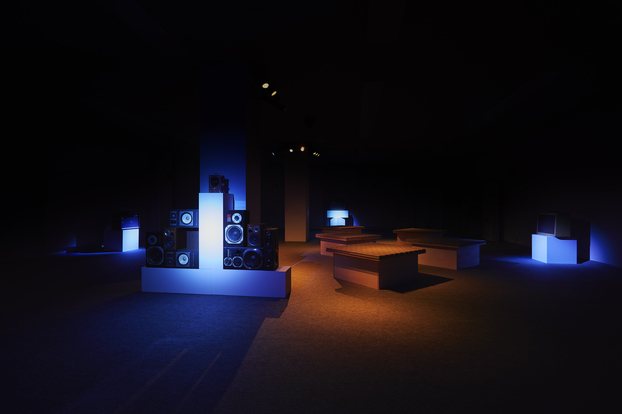
Photo by So Hasegawa
I have focused on the methodology of Brian Eno’s art in this writing, and behind the work, there is his learning that “A simple and basic system can cause many unpredictable variations.” This is still the subject of his activity. In his writing on the exhibition catalog, he notes as above and mentions it was derived from his discovery of projectors and lighting equipment as materiel during his art school days in the 1960s. Using junk that is far from being useful could bring about unexpected results. I should strongly call the attention that later ideas in his art already germinated a half-century ago, and he did not neglect to nurture them beyond the limit of the time, his environment.
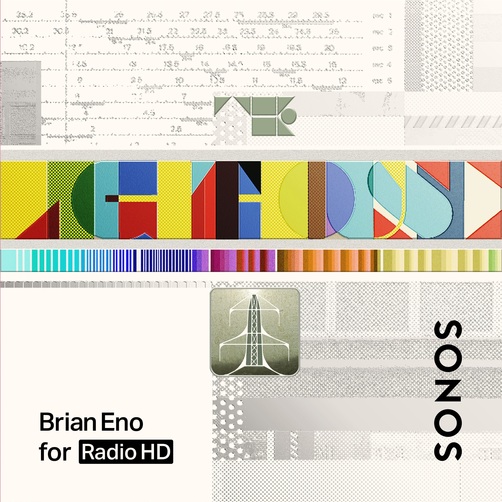
77 Million Paintings and Face to Face precisely represent it, and the seeping lights of Light Boxes deliver the concept of the generative in their change. As I write “the viewer does not have to focus on the surface” several lines before, this means that these works do not fit into the standard category represented by the painting, not that they do not appeal to visual sensation. Rather Light Boxes is the work accomplishing the highest level of visual performance among Eno’s works and evokes a religious feeling through its composition and color design which could be associated with the Abstract Expressionism of Mark Rothko or the light pieces of James Turrell. We should probably receive and interpret the messages having the exhibition in a city like Kyoto with the symbols of environment and history in the time of the coronavirus crisis, from Eno who actively comments on the issues of environment and disparity, or those of international politics and education. It seems that the cluster of works self-generated reflects something different from the dualism of nature and artificial or the controversy considering a city as nature and projects the current situation that resembles a tug of war between technology and ecology mediated by subjective cognition. Few artists try to confront the issues with integrity as Eno does, who does not agree without any conditions nor criticize reactionary and submissively follow. Maybe, because of this, experiencing his works of art becomes most important now. “Brian Eno Ambient Kyoto” provides a great opportunity to glimpse the depth of his art, and fortunately the diversity of the works in constant generations and changes promises everyone who visits the exhibition a continual and limitless conversation.
EHIBITION INFORMATION
Brian Eno Ambient Kyoto
June 3 − September 3, 2022 at Kyoto Chuo Shinkin Bank Kyu Kosei Center
11:00 − 21:00 *Last admission 20:30
https://ambientkyoto.com/en

